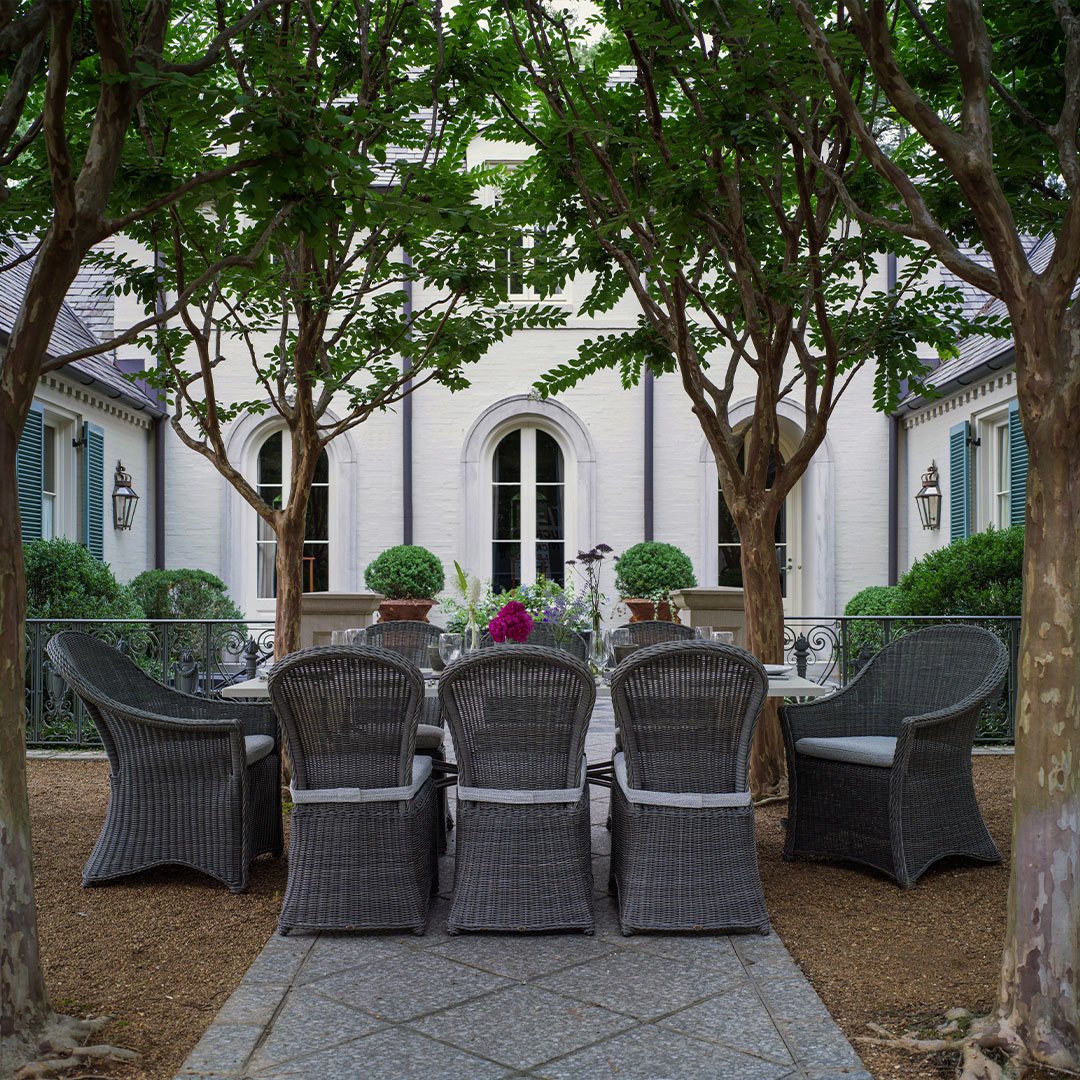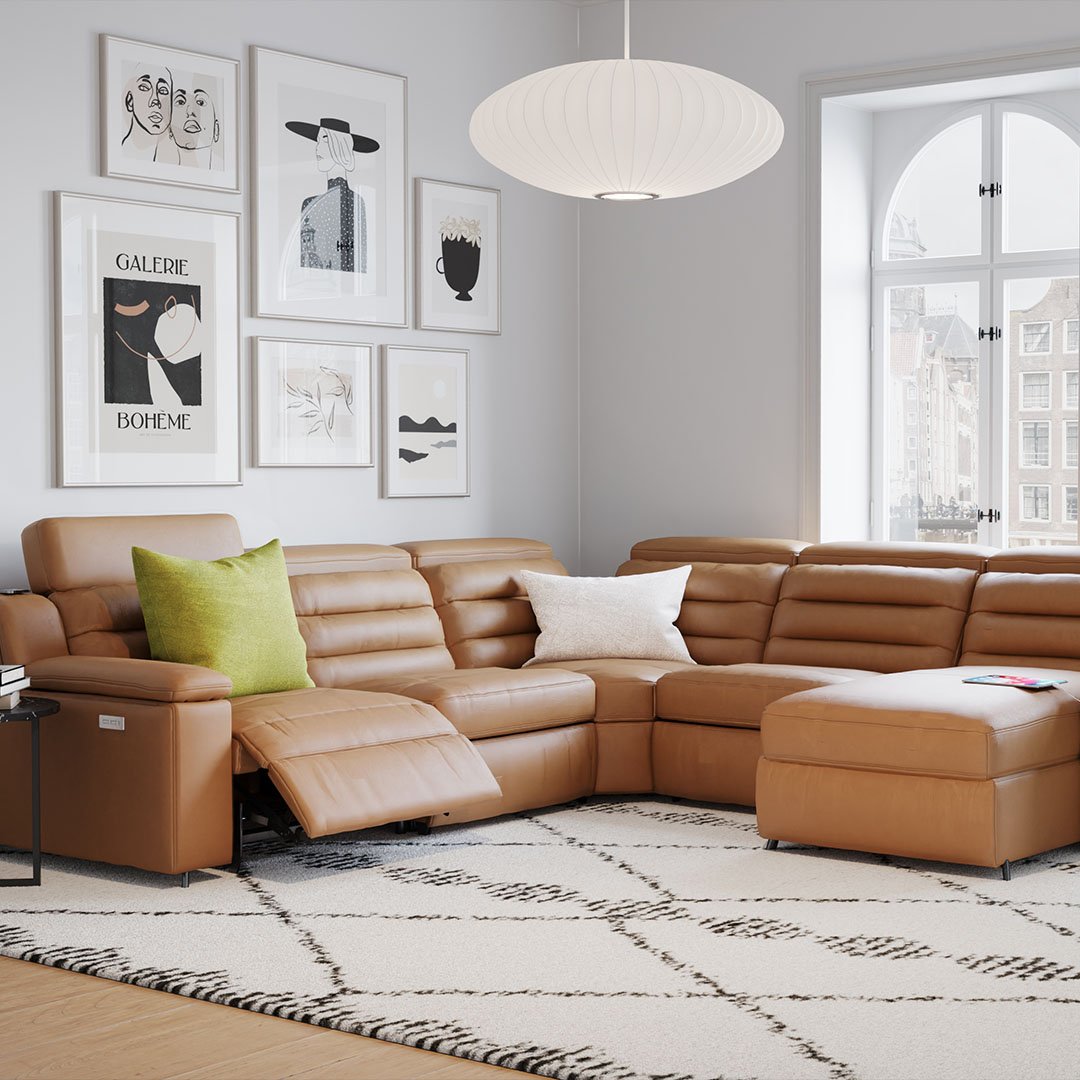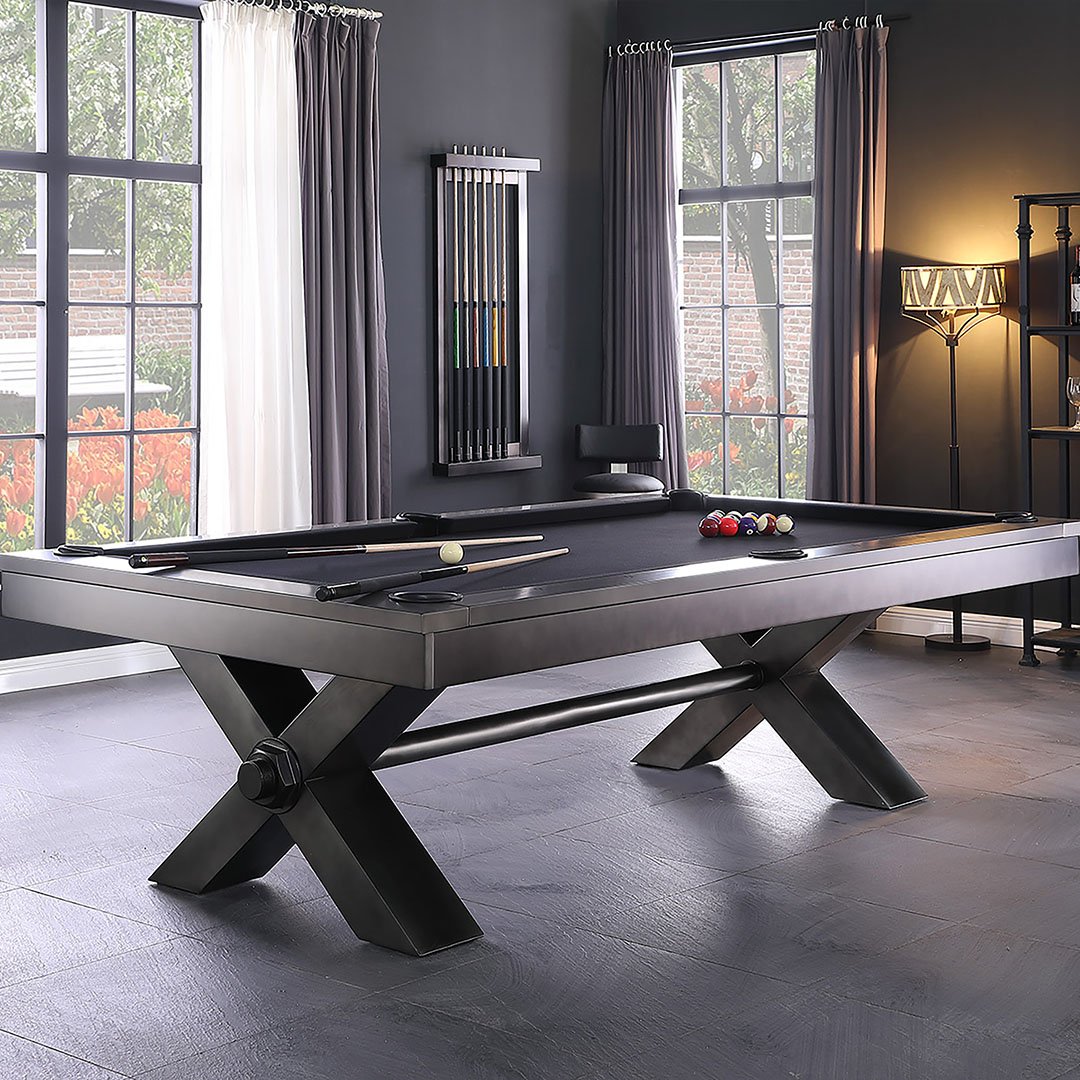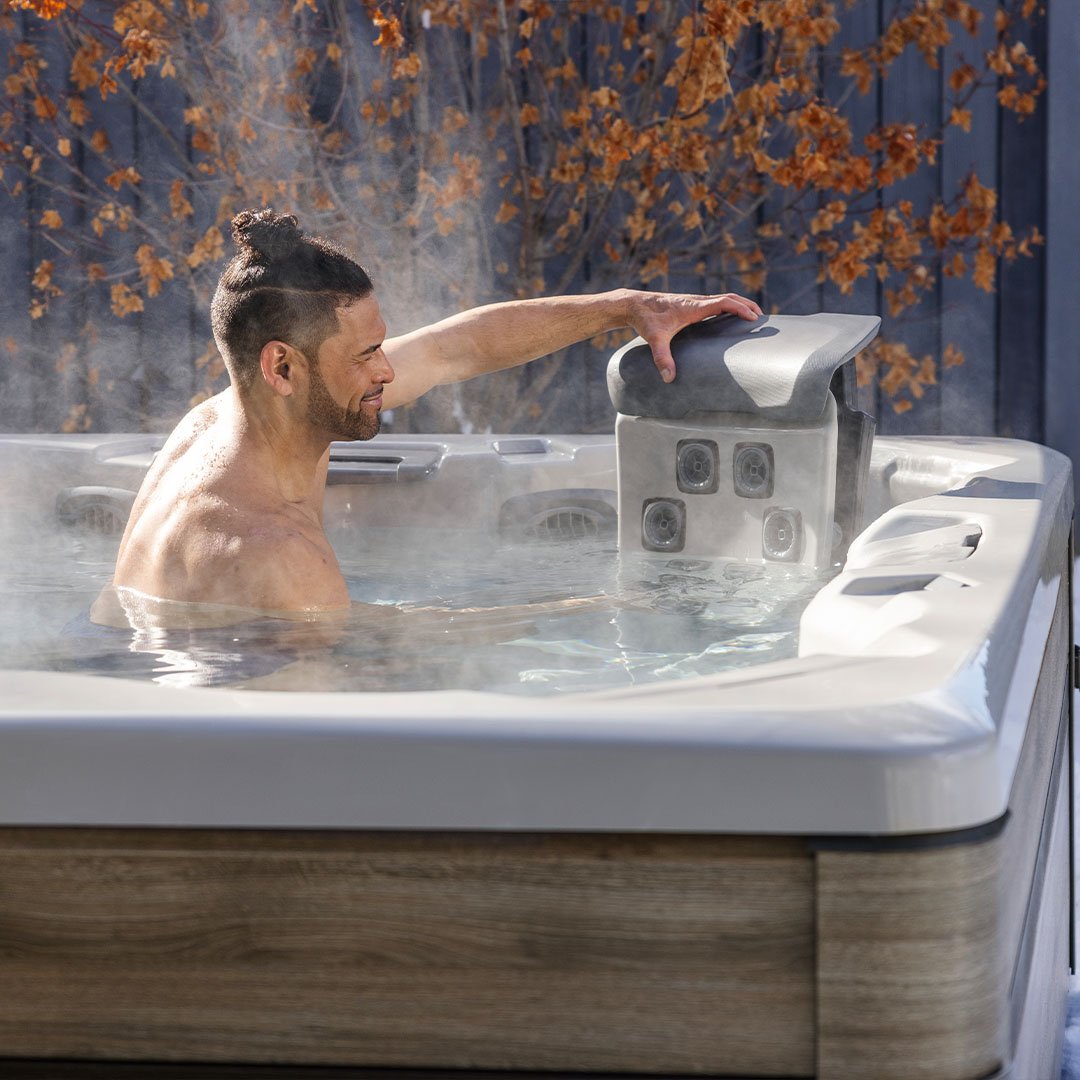How to Stabilize an Above Ground Pool Ladder
Understanding the Importance of a Stable Pool Ladder
A stable, properly installed pool ladder is crucial for safe swimming during those long Midwest summers. With extreme cold in winter and hot, humid days in summer, Midwestern weather can take a toll on above ground pools and ladders. A loose, unstable ladder presents a serious safety hazard for swimmers.
Families love gathering around the pool for backyard fun. But tragedy can occur in just seconds if someone slips on a wobbly ladder. By correctly stabilizing your above ground pool ladder and performing regular maintenance, you ensure secure seasonal access for all ages.
While a DIY ladder installation seems straightforward, most homeowners underestimate the intricacies involved. Improper positioning or hardware tightening can lead to loosening, shifting, or complete ladder detachment over time. And there are no shortcuts when safety is at stake.
Types of Above Ground Pool Ladders
When selecting a ladder, consider your above ground pool’s shape and dimensions. Measure across the top ledge that will support the mounting brackets to ensure compatibility. The most common styles include:
- Deck Mounted Ladders: Ideal for pools with surrounding wooden or concrete decking. Deck ladders allow direct access from the attached deck without lifting legs over the pool wall. Look for deck ladders with rear anchor brackets to securely fasten to decking.
- A-Frame Ladders: Freestanding A-frame ladders stand securely on the ground outside oval or round pools lacking a full deck. A-frame ladder bases should span at least 2 feet for stability. Ensure the base sits completely level on the ground with no rocking.
- Pool Steps: For above ground pools exceeding 52 inches in height, steps represent a safer means of entry than ladders. Steps mount directly to the pool wall, distributing weight more safely than loading all body weight onto a ladder. Choose step units with the same weight ratings and widths as your pool model.
When installing steps, utilize every attachment point to guard rails and pool walls for optimal stability. Loose steps lead to the same safety risks as loose, wobbly pool ladders. Don't forget rear deck brackets on step models including them.
Above Ground Pool Safety & Accessory Tips
Proper safety equipment enhances security in above ground pools.
Pair ladders and steps with protective fencing, sturdy covers, and proper lighting to discourage unsupervised access.
Read our guide on above ground pool safety and accessories for more information.
Install your ladder in a location visible from within the home so kids are less tempted to enter without an adult. Supervision and swim lessons provide another layer of protection against common backyard pool risks like drowning.
And backyard pool safety starts long before the first summer swimmers. When shopping for an above ground pool, demand durable construction that withstands Midwest winters. Some manufacturers use thicker steel reinforced walls or resin paneling. These prevent buckling or cracks leading to ladder instability. They also boast durable top ledges capable of supporting ladder mounting brackets year after year.
Don't cut costs on safety. A few extra dollars upfront saves thousands in potential medical bills or tragedy.
Materials Needed for Stabilizing Your Above Ground Pool Ladder
Before stabilizing your above ground pool ladder, gather these supplies:
- Ladder
- Manufacturer hardware kit
- Power drill
- Screwdriver set
- Pencil/marker
- Tape measure
- 4-foot Level
- Sandpaper
- Metal file
- Foam pool noodle
- Foam backer rod
- Weighted sandbags
- Silicone sealant
Also, have the contact information for your pool company or manufacturers handy throughout the process. Technical guidance from installation experts assists tremendously in ladder stabilization.

Steps in Stabilizing an Above Ground Pool Ladder
Assembling and Securing the Ladder
Carefully follow all manufacturer instructions when initially assembling your above ground pool ladder. Inadequate tightening of nuts/bolts is the most common source of instability. Use a power drill for optimal tightness.
Use a 4-foot level during assembly to guarantee the ladder rests evenly on all contact points. Check side-to-side and front-to-back. Improper leveling leads to rocking and tipping accidents.
Apply silicone sealant at the joints between the ladder mounting brackets and the pool wall. Watertight sealing prevents loosening from repeated water exposure. After installation, allow 48 hours of drying time before use.
For deck ladders, utilize every anchor hole when securing to deck boards. Hollow spots under decking necessitate more bolts preventing vertical movement. Consider anchoring the bottom base legs in concrete for unmatched stability.
Always meet the manufacturer's recommendations for hardware use. Upgraded stainless steel or coated metal resists rust corrosion leading to destabilization after a few seasons.
Adding Supports Under the Ladder for Balance
If wobbling persists after careful assembly, add supports underneath to prevent tipping accidents. Begin by sliding rigid foam pool noodles under the upper base of the rear ladder legs. The buoyancy boosts friction against the pool wall.
For A-frame ladders, cut pool noodles to size and lay underneath all four legs. This eliminates subtle ground unevenness under ladders. The bright colors also remind swimmers not to stand on the base area.
The foam backer rod stuffed under the ladder legs also lifts the base slightly off the ground. Wrap Teflon plumber's tape around rods to prevent sliding. For A-frames, hammer short rods angled into the earth using ground sleeves for unmatched anchoring.
As a last resort, drape weighted sandbags over the bottom ladder rungs for extra anchoring power. But avoid extremely heavy additions possibly contributing excess strain on weak mounting joints. The goal is stabilizing security, not bearing extreme loads.
Regular Maintenance and Inspection of the Ladder
Vigilant ladder inspection and upkeep preserves safety for years beyond initial installation:
- Monthly check all hardware, tightening any loose bolts with a power drill
- Before each use, carefully test stability by shaking the ladder from side to side
- Ensure all ladder feet sit flat and even without movement
- Check steps for level positioning, ensuring they properly enter the water
- Replace damaged, corroded, or fatigued components like worn rubber feet
- Reapply silicone sealant if cracks appear around wall brackets
Don’t ignore small issues today that become big hazards tomorrow. Maintain your pool ladder to uphold backyard safety all season.
While focusing on ladder maintenance, it is also important to keep an eye on overall pool health. Understanding why above ground pools get cloudy can help you maintain clear, safe water for swimming. Regular water testing and proper chemical balance are key to prventing cloudiness and ensuring a safe environment for using your pool ladder.
Consider hiring professionals for start-up and closing ladder removal as well. Their expertise guarantees stability across years of use.
How to Remove an Above Ground Pool Ladder
When closing your above-ground pool for the winter, proper ladder removal prevents structural damage and costly replacements. Keep all hardware, instructions, and parts together in labeled bags for quick future re-installation.
Dry Thoroughly
Always allow the ladder to dry completely for 1-2 sunny days before disassembly. Lingering moisture causes corrosion and deterioration in storage. Consider a moisture-wicking product to prevent condensation if using a cover.
Review Manufacturer Instructions
Carefully study the ladder disassembly directions and video tutorials from the manufacturer before starting. Each ladder brand breaks down slightly differently. Having the instructions present ensures no skipped steps or improper part twisting.
Disassemble Slowly in Sections
Unbolt and remove the ladder sections one at a time, beginning at the top. Gently place parts onto towels or pool floats to prevent damage. Harsh dropping risks unseen stress cracks and component failure over time. Use care not to cross-thread or overtighten hardware during future rebuilds.
Inspect and Replace
Inspect each part, looking for broken welds, missing caps, or degraded materials needing off-season replacement for optimal safety. Order these well in advance of next summer.
Protect Hardware
Place all nuts, bolts, screws, and mounting brackets for your ladder model together in labeled bags by section. Keep with the original paperwork for simplicity next season.
Consider Professional Removal
Rather than risk self-removal mistakes compromising ladder integrity and swimmer safety, hire experts. Their precision winterization expertise guarantees stability across many years of use.

Partner with Watson’s for Above Ground Pools and Ladders
As a family-owned company for over 50 years, the pool experts at Watson’s help Midwestern homeowners select ideal above ground pool packages for their backyard entertainment needs. We believe life's best moments happen right at home with loved ones.
With the largest selection of top brands and pool styles in the country, we simplify upgrade investments for all budgets. Our amazing values pair exceptional quality with our guaranteed lowest prices. Count on incredible selection and total trust.
Our trained staff provides worry-free professional installation of both oval, round, and rectangular pools, along with properly sized ladders scaled to precise measurements. Let us handle earthmoving, plumbing, and equipment positioning while you relax poolside with an icy beverage in hand.
We personalize the process to your family's aspirations, from backyard design consultation through project completion. Then, we offer ongoing pool opening/closing service and maintenance to ensure your family safely enjoys a stable, long-lasting backyard escape for generations.
Visit your nearest Watson’s superstore and talk to our swimming pool pros or shop convenient options online 24/7! Call us for a quote or to schedule your ladder stabilization and other installations today. Together, we'll make your backyard the neighborhood hot spot, creating memories summer after summer.
At Watson's, life's best moments do start right in your backyard. Call or click to schedule your custom above-ground pool and ladder package today!
To view the above ground pools we offer, click here.
FAQs
How do I know if my above ground pool ladder feels secure?
Carefully shake the ladder from side to side, testing for any looseness, shifting, or wobbling. Enlist a second person to confirm stability while you climb up and down several times. If any movement occurs, immediately stabilize the ladder before allowing swimmers.
What is the easiest way to stabilize my loose pool ladder?
For quick fixes, rigid foam pool noodles beneath ladder legs boost friction. You can also drape weighted sandbags over the bottom ladder rungs for extra anchoring. But for long-term stability, contact the manufacturer for replacement mounting brackets or hardware.
When should I replace my above ground pool ladder?
Expect to replace wood or metal above ground pool ladders every 4-5 years. Top-quality resin ladders last 7-10 years. But immediately replace any ladder showing structural damage, significant surface wear, missing warning labels, or recurring stability issues that cannot be corrected through maintenance and minor repairs. Don't take risks with safety.










